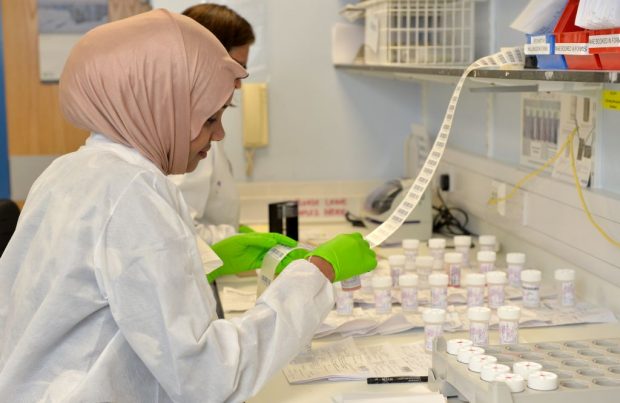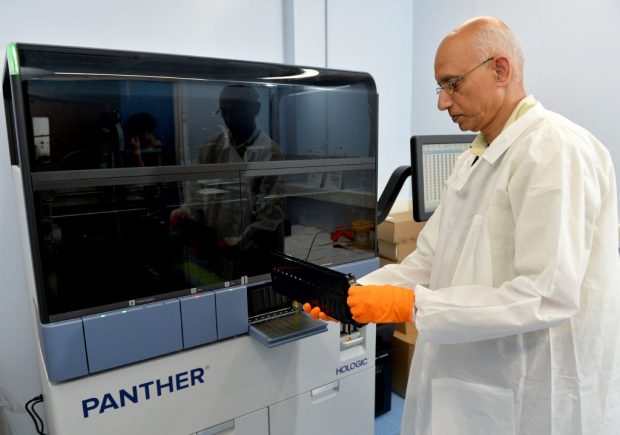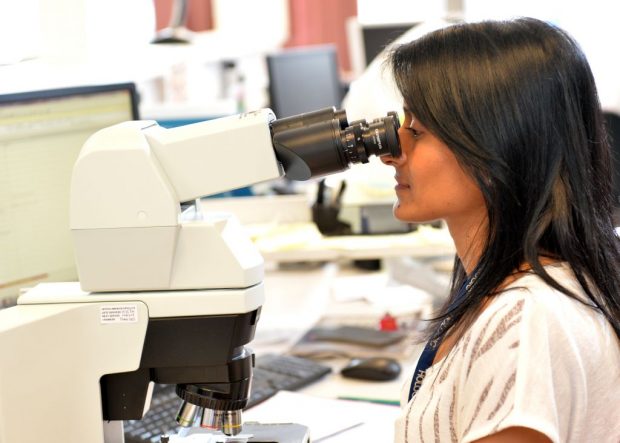What GPs need to know about the introduction of primary HPV testing in cervical screening

Cervical screening saves an estimated 5,000 lives a year by detecting abnormalities of the cervix early and referring women for effective treatment.

Cervical screening saves an estimated 5,000 lives a year by detecting abnormalities of the cervix early and referring women for effective treatment.

Evidence shows that human papillomavirus (HPV) testing is a better way of identifying women at risk of cervical cancer than the cytology (smear) test that examines cells under a microscope.

Cervical screening saves an estimated 5,000 lives a year by detecting abnormalities of the cervix early and referring women for effective treatment.

...work from providers that have backlogs. Trusts interested in this mitigation option can approach their commissioners. The options appraisal is due to be completed in early 2017 and we will...